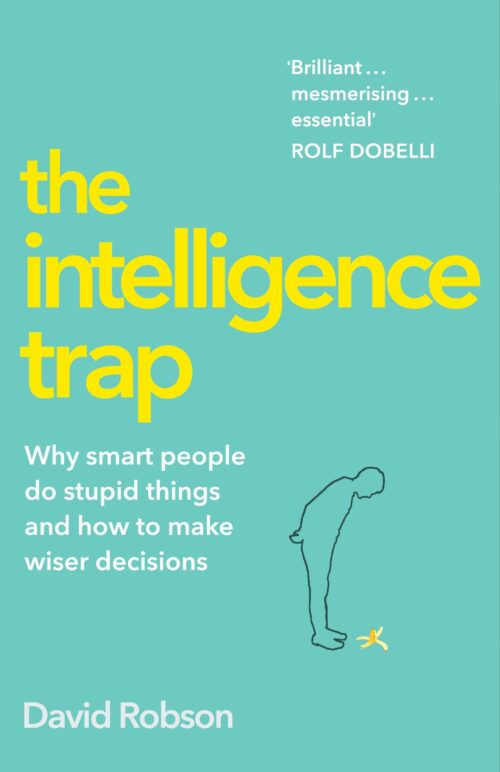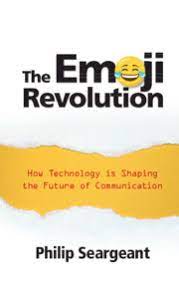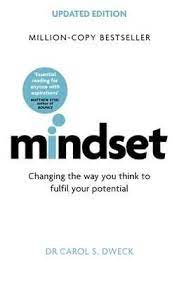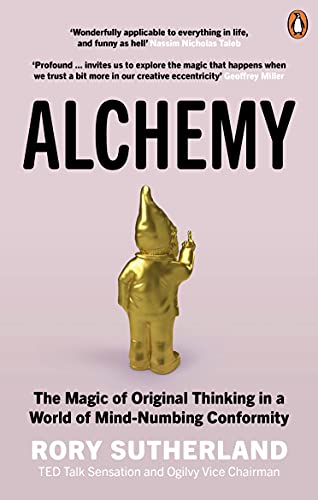Eat Your Greens: Fact-based thinking to improve your brand’s health, edited by Wiemer Snijders, is a great read for anyone involved in marketing and its related disciplines. It consists of multiple chapters written by a range of authors, with a consistently high quality and some clearly emerging themes. I’ll focus on five key themes, represented by five authors.
All buyers are important
In the chapter “Majority Report” Wiemer Snijders and Charles Graham talk about the fallacy that heavy buyers contribute most to sales (some suggest 60% of sales come from 20% of buyers). While this may be true over a short snapshot of time, they point out that over longer time periods, all brands follow a specific distribution of sales (the negative binomial distribution) and that most consumers are light buyers, although they may become heavier buyers at some points in time.
The rule of regression to the mean implies that most buyers regress to normal light buying behaviour, and that the important rule to know about buyer behaviour is the double jeopardy law developed by Andrew Ehrenberg (and popularized by Byron Sharp). This shows that small brands suffer twice, and big brands have a double advantage, because penetration and purchase frequency are interrelated (if more people buy, more people buy more). As they say in their summary, “heavy buyers are less important than you think”.
For example, a long-term study and analysis of Dove when it grew its brand share by 50% by running the “Dove for real beauty” campaign, showed that one-third of buyers bought it only once in six years and over 80% of buyers bought the brand once a year or less often. It grew by attracting new customers, and not by developing repeat buying.
The primacy of strategy over tactics
Mark Ritson’s chapter is typically combative and titled “What Ails Marketing? Mortification, tactification, communication and digitization”. He bemoans the “current obsession with the tactical elements of marketing at the expense of other, deeper, more important aspects of the marketing process that precede and predicate them”.
His formula for good marketing has three simple stages:
- Diagnose the situation of the brand via consumer research
- Build a clear and simple marketing strategy
- Select the appropriate tactics to deliver the strategy and win the day
He writes that marketers don’t focus enough on questions such as:
- Who am I targeting?
- What is my position to that target?
- What are my strategic objectives for that target?
Finally, he argues that promotions are the least important of the “four Ps” and that there is too much focus on communications, at the expense of pricing and distribution.
Brands must think long-term if they want to make money
In “Short-Termism is Killing Effectiveness”, Peter Field says that, “Focusing on driving short-term sales for brands conflicts with long-term growth, because it leads to the opposite kinds of strategies and media choices than those that best drive long-term success. The dramatic growth of short-termism in recent years is already playing out in declining effectiveness and weaker brands.”
His findings are very concerning as he has tracked the decline in effectiveness over several years. He argues that nothing has more impact on effectiveness than creativity which can boost long-term RIO by a factor of 12 compared with tactics like targeting and retargeting.
At its best, creativity builds fame and gets brands talked about and shared. Brand building requires building mental structures (associations, memories, beliefs, etc) that will predispose potential customers to choose one brand over another. This is a long-term job involving conditioning consumers through repeated exposure. It also requires, broad reach media as the aim is to prime everyone in the market.
Brand building relies heavily on emotional priming cutting through regardless of interest in the product and ultimately creating long-term memory structures. This is a long-term strategy and not a short-term tactic. As he argues, data-driven real-time marketing has its place. The short-term world is increasing in the campaigns he evaluates, but leading to huge decreases in their effectiveness.
Branding is all about commitment
In “The Signalling of Time Horizons – or how to prove you are not a crook”, Rory Sutherland argues that costly behaviour in the short term can pay off in the long term by signaling long term interest (commitment) rather than short term expediency.
The prospects of cooperation are far greater when there is a high expectation of repetition. For example, are procurement functions working to reduce cooperation by setting shorter and shorter contract periods? What is the long-term impact of such behaviour?
He uses the example of a tourist restaurant whose trade is transient, and therefore are unlikely to rely on customers who return again and again. By comparison, a local pub has a huge incentive for customers to return as often as possible and therefore will behave in a way that creates incentives for them to do so. These are very different business models, and it seems that many businesses are focusing on the “tourist restaurant” model.
Familiarity beats novelty
Kate Waters focuses on how advertising’s love of novelty may be mistaken in “Biting The hand That Feeds Us? Why advertising’s love of novelty is doing brands a disservice”.
She argues that brands should focus more on imaginative repetition of core themes, ideas, icons and values, which is much more effective at building strong and resilient brands. Constant novelty gets people’s attention but is a poor way to build strong and consistent associations with a brand.
This supports theories of how distinctive brand assets help customers remember and find a brand or can disrupt that process when they are changes, as in the example of Tropicana’s disastrous packaging redesign.
Great brands keep their distinctive assets and refresh them over time. Think of Lloyd’s Bank’s reintroduction of the black horse, originally dating from 1677, Coca-Cola’s use of colour, swirl and shape of bottle (read more here) and KFC’s recent use of its three letters in an impactful apology in the UK.
Marketing has to mix short-term tactics with long term thinking
The overall message of the book is the importance of mixing the drive for short-term activation (driven by data and digital media) with the need for long-term brand building. In the end, it comes down to having a long-term strategy that comes before the short-term need to drive sales, While you can drive short-term behaviours with different tactics, you will never build longer term brand value (equity, price elasticity, salience) unless you have a long-term plan, invest in the plan and are consistent in the meanings that you communicate to customers.
Hamburgers taste great, but it’s also good to eat your greens.






